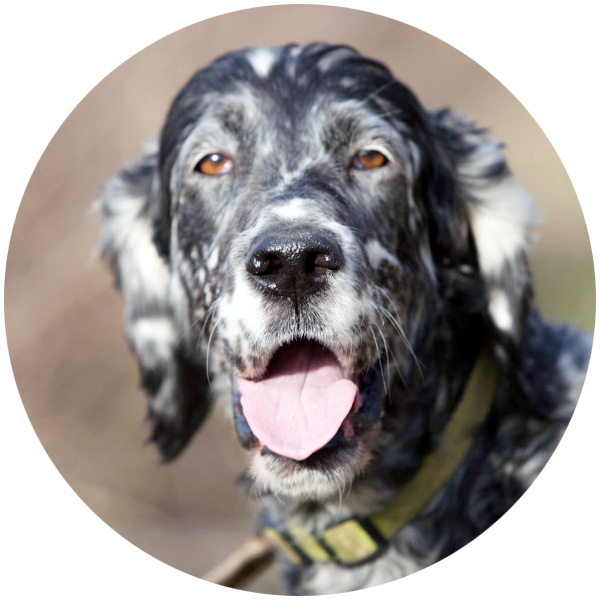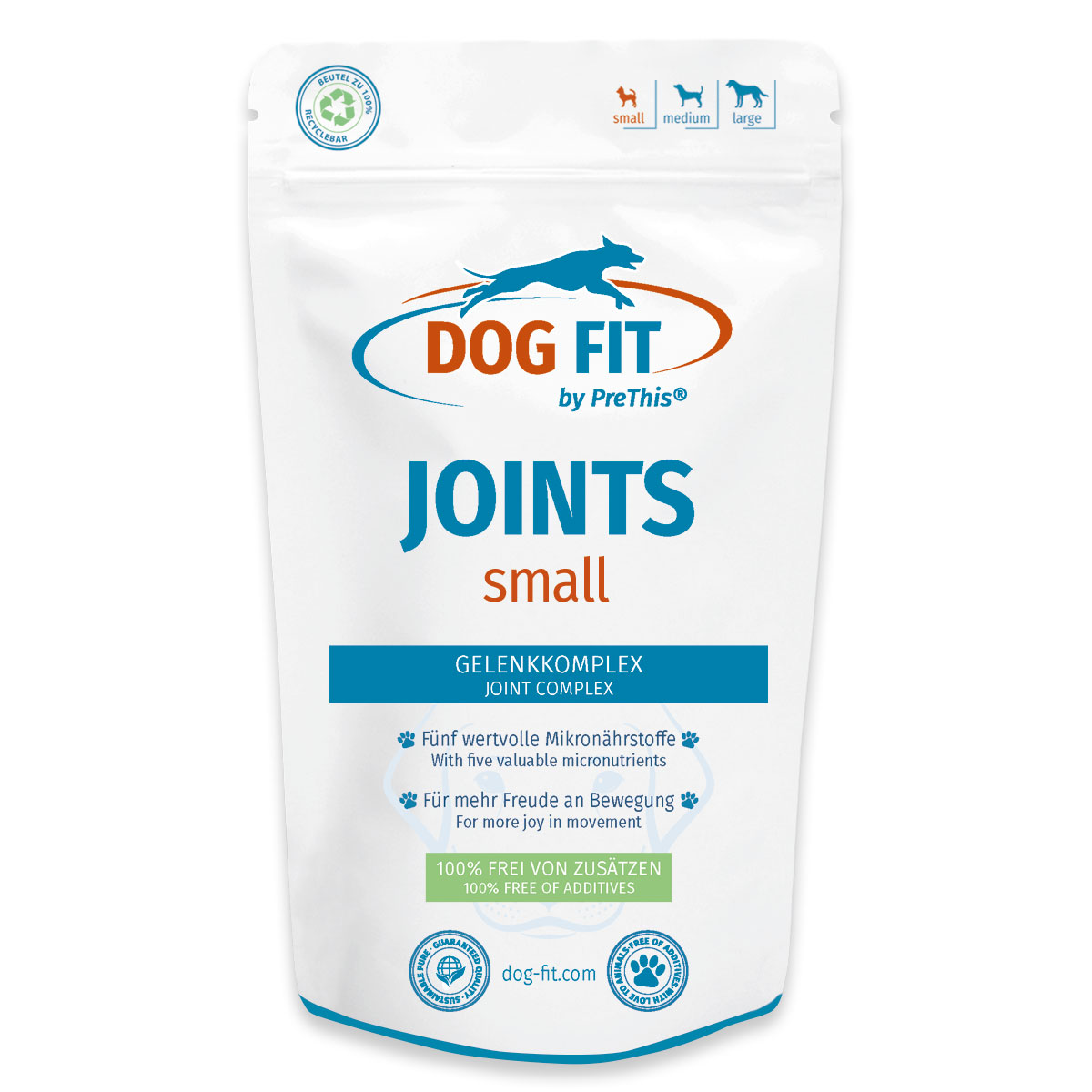Hip Dysplasia in dogs
What is hip dysplasia?
Hip dysplasia (HD) is a malformation of the hip joint in which the femoral head does not sit optimally in the hip socket. This limits natural mobility and increases the risk of secondary diseases. Large dog breeds such as German Shepherds, Labrador Retrievers, and Rottweilers are particularly susceptible. The development is often genetic, but can also be influenced by factors such as diet, exercise, and growth.
Important Influencing Factors
In addition to genetic predisposition, rapid weight gain during growth, obesity, uncontrolled exercise, or an unbalanced diet promote the development of hip dysplasia. Hormonal influences and excessive breeding for certain physical characteristics can also play a role.
Typical Symptoms of Hip Dysplasia
The first signs often appear gradually and are easily overlooked at first. These include:
- Changes in gait (e.g., waddling, rocking the hindquarters)
- Uncertainty or weakness in the hip area
- Difficulty standing up, jumping, or climbing stairs
- Avoidance behavior during exercise or play
- Lameness, limping, or sudden giving way of a hind leg
As the condition progresses, pain, limited mobility, and a pronounced reluctance to move may occur. In the long term, the misalignment leads to uneven stress, which can promote cartilage wear and the development of osteoarthritis.
Diagnosis and Course
The diagnosis is made through a thorough clinical examination and is usually confirmed by imaging techniques such as X-rays. The course can vary: While some dogs show only mild limitations throughout their lives, others develop significant symptoms at a young age.
Treatment approaches for hip dysplasia
The therapy depends on the severity, age, and general condition of the dog. The most important approaches include:
- Adapted exercise therapy: Targeted, gentle exercise such as controlled walks, swimming, or physiotherapy can strengthen the muscles and relieve pressure on the joint.
- Weight management: A normal body weight reduces strain on the hip joints.
- Optimal lying surfaces: Softly padded, non-slip sleeping areas help prevent pressure sores.
- Avoid jumping and abrupt movements: These can increase the risk of pain and subsequent injuries.
- Regular veterinary check-ups: To monitor the progression and adjust therapy early.
- Surgical treatment: In advanced cases, such as severe misalignments or severely restricted movement, surgery may be necessary.
Everyday tips for dogs with HD
- Provide non-slip paths and comfortable resting places.
- Design walks Varied but moderate, and adapt it to your dog’s health.
- Regularly check your dog’s weight and adjust feeding and exercise accordingly.
- If necessary, consider the support of physiotherapists or specialized animal health practitioners to tailor their daily routine to their individual needs.
The care of dogs with hip dysplasia should always be individualized and under veterinary supervision. Careful observation, veterinary checkups, and a daily routine tailored to their needs are the most important foundations for their well-being.
General information on observation and preventative care
As a dog owner, pay attention to changes in your dog’s movement patterns, activity level, and appetite. Early veterinary examinations and close communication with the treatment team help maintain their quality of life. Appropriate exercise, plenty of patience, and a customized daily routine can enable your dog with hip dysplasia to live as symptom-free a life as possible.
Spending time with your dog is full of special moments. With loving companionship, daily attention, and small rituals, you can strengthen your four-legged friend’s trust and zest for life. This way, every step of your journey becomes a precious memory, and your bond grows even deeper.

